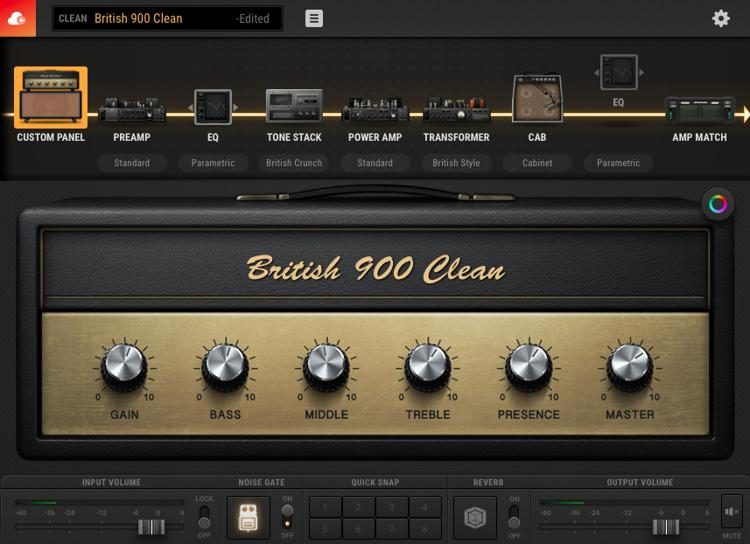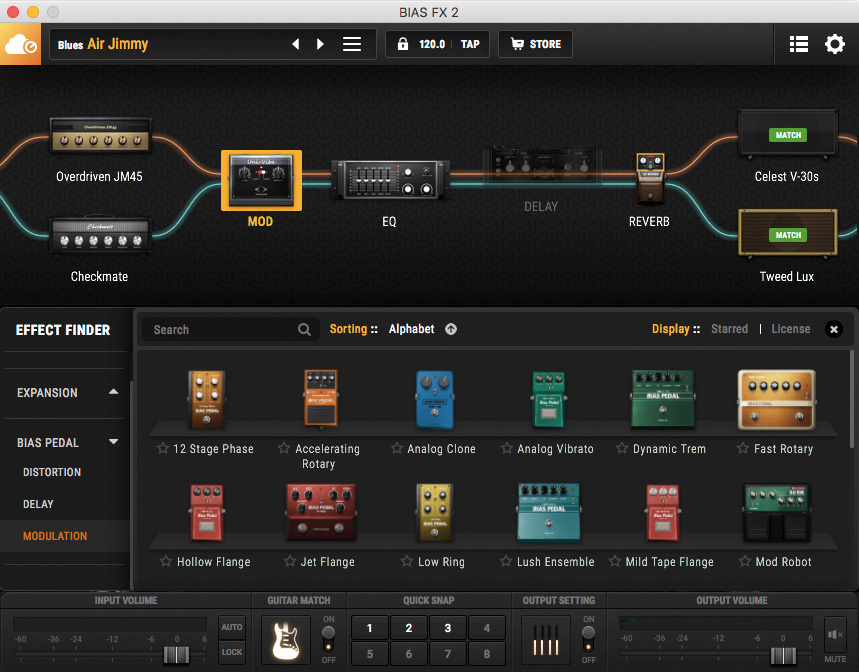
Should you feel that Bias Amp 2 and Bias FX 2 don’t offer quite enough choices as standard, you can purchase optional Acoustic, Bass and Metal Signature expansion packs for Bias FX 2. The edited amplifier can also be saved in Bias Amp 2 and/or uploaded to the Tonecloud. Editing is simply a matter of selecting the amp to be edited in the Bias FX 2 signal path, pasting it into Bias Amp 2, editing it, and pasting the result back into Bias FX 2. The amplifier editing process is much simpler in Bias FX 2 Mobile, as both it and Bias Amp 2 Mobile have dedicated on‑screen buttons that copy and paste amp models from one to the other. The signal can be split and recombined, to create parallel effects/processing/amp paths. Having edited the amp in Bias Amp 2, you save the result and load the edited model into Bias FX 2 from that program’s Amp Finder menu, where you’ll find direct links to folders in Bias Amp 2.
#Bias amp 2 not loading in standalone free#
The latter is a vast resource that’s accessible directly from any Bias program, in which you’ll find additional free and updated amp models and Bias FX 2 presets, both from Positive Grid and the user community. To edit a Bias FX 2 amplifier in the desktop standalone and plug‑in versions, you first have to find that amp either in Bias Amp 2 or in Positive Grid’s web‑based Tonecloud. While amps and cabs are included, note that any amplifier editing (other than adjusting its main front‑panel controls) must be done in the separate Bias Amp 2 software. Edited presets can be stored in one of two User Banks. To build a preset from scratch, you have to clear the routing of a current preset, which leaves you with a default single signal path containing an MXR‑ish gate pedal, a ’66 AC Boost V2 amplifier and a British 30 speaker cabinet as your starting point. This makes possible a new feature, the Middle Effect, which allows you to place multiple pedals or rackmount effects between an amplifier and its loudspeaker, on one or across both sides of a dual path. In the original Bias FX program, amps and cabs were permanently paired, but in Bias FX 2 they can be selected individually. One operational quirk is that the mixer at the end of the dual path defaults to centre‑panning both paths, so it’s necessary to manually pan left and right if you wish to create a stereo output. Although neither the splitter nor the mixer can be moved, you can ‘reposition’ them by shifting FX models to and from either side of both, making it possible to create a dual path that starts with a splitter and ends with a mixer. This creates two parallel paths by inserting a two‑channel Splitter before the current amplifier and a stereo two‑channel Mixer after its loudspeaker. If a single signal path isn’t sufficient, you can switch to a dual path. The individual preset names contain fairly obvious descriptions of their sonic character, such as ‘Whole Lotta Page’ in the Rock bank.Įditing a preset is simply a matter of adding, moving, removing, replacing, activating or bypassing amplifier, cabinet and effects models along the signal path, and setting their individual controls to get the sound you want.


Helpfully, the factory presets are grouped by genre: Pop, Blues, Rock, Metal, Insane, Alternative, Bass and Acoustic. This makes editing, building or saving presets (signal paths made up of effects, amplifiers and loudspeakers) a simple process.

One of the attractions of Bias FX 2 is its intuitive drag‑and‑drop GUI. It’s the Elite version, the one with the most extensive feature set, that’s under review here. All three tiers share a common core, but the latter two add more features and functions. As with Bias Amp 2, which I reviewed in SOS October 2018, both desktop (standalone and plug‑in) and iOS versions are available in three tiers: Standard, Pro, and Elite. It does include amps and cabs too, but the idea is that it can be used in conjunction with the company’s separate Bias Amp 2 if you feel the need for more control over that side of things.īias FX 2 features 122 effects pedals, 18 rackmount effects units, dedicated Fuzz, Time and Harmonizer modellers, and 100 amplifier and loudspeaker cabinet models, all of which have been arranged in 210 carefully curated factory presets. With both desktop and mobile versions, and a tiered pricing model, there’s a Bias FX 2 version to suit any budget.Īs its name suggests, Positive Grid Bias FX 2’s main focus is on modelling pedal and rackmount hardware effects units.


 0 kommentar(er)
0 kommentar(er)
